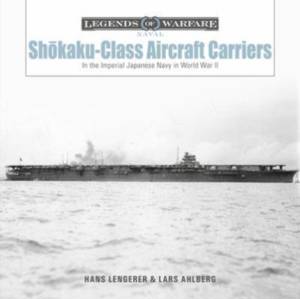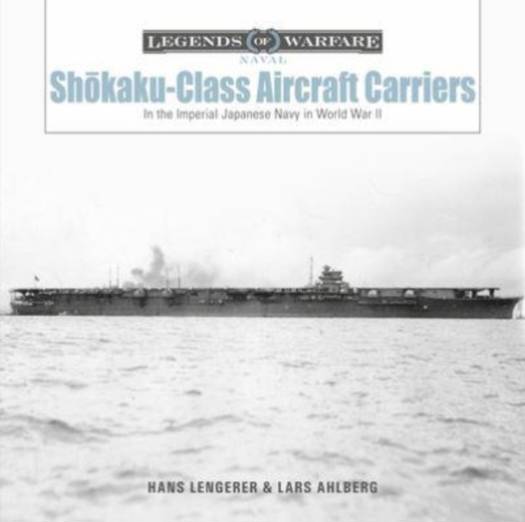
Je cadeautjes zeker op tijd in huis hebben voor de feestdagen? Kom langs in onze winkels en vind het perfecte geschenk!
- Afhalen na 1 uur in een winkel met voorraad
- Gratis thuislevering in België vanaf € 30
- Ruim aanbod met 7 miljoen producten
Je cadeautjes zeker op tijd in huis hebben voor de feestdagen? Kom langs in onze winkels en vind het perfecte geschenk!
- Afhalen na 1 uur in een winkel met voorraad
- Gratis thuislevering in België vanaf € 30
- Ruim aanbod met 7 miljoen producten
Zoeken
Shōkaku-Class Aircraft Carriers
In the Imperial Japanese Navy During World War II
Hans Lengerer, Lars Ahlberg
€ 34,45
+ 68 punten
Omschrijving
The aircraft carriers of the Shōkaku class are generally regarded as being the most-successful carriers designed by the Imperial Japanese Navy. They became operational just prior to the Pearl Harbor attack in December 1941, and their combat records are impressive. Compared with the preceding aircraft carrier designs, they represented a great design leap, combining excellent striking power with good protection. Even by the US Navy these ships were rated highly. During the Pacific War the two ships of the class participated in all carrier battles with the exception of Midway, Shōkaku being lost in the Battle of the Philippine Sea and Zuikaku off Cape Engaño (Battle of Leyte Gulf) in 1944. This is the history of their design and construction, and it relies heavily on Japanese source material and includes numerous photos and drawings.
Specificaties
Betrokkenen
- Auteur(s):
- Uitgeverij:
Inhoud
- Aantal bladzijden:
- 128
- Taal:
- Engels
- Reeks:
- Reeksnummer:
- nr. 27
Eigenschappen
- Productcode (EAN):
- 9780764366512
- Verschijningsdatum:
- 28/05/2023
- Uitvoering:
- Hardcover
- Formaat:
- Genaaid
- Afmetingen:
- 241 mm x 224 mm
- Gewicht:
- 861 g

Alleen bij Standaard Boekhandel
+ 68 punten op je klantenkaart van Standaard Boekhandel
Beoordelingen
We publiceren alleen reviews die voldoen aan de voorwaarden voor reviews. Bekijk onze voorwaarden voor reviews.









